Today I’ve got a review for you, featuring J-Okini: Products From Japan. This is a lovely little shop stocks a wide variety of beautiful gifts and accessories, focused on traditional crafts and materials. Founder Sumie Nakamura was kind enough to offer me a few items to review when I reached out to her, and I can’t wait to share this great shop with you!
The first item I chose was this beautiful pair of mizuhiki earrings. Mizuhiki is an ancient Japanese art form that involves creating tiny, tightly-wound cords out of washi paper and bending them into knots and shapes. They are often used as decorative items or tied in auspicious knots attached to gifts and cards.
These earrings are absolutely beautiful and very well-made, They arrived carefully packed in a sweet little gift box, which both helped protect them in the mail and would make for a beautiful gift presentation. What I love about these is that they will undoubtedly look great with kimono but would also look amazing with western-style outfits that need a bit of wa flair. I actually found a really great little black dress with traditional looking kiku and ume motifts on it at Wal-Mart, of all places, and these earrings will definitely elevate that dress to a more chic level! I can’t wait to pair them together.
Browse their selection of mizuhiki accessories here.
Next up is this charming tiny little zipper pouch. I can’t get over how well-finished it is for something so small. I’ve including the Canadian quarter for scale – it’s the same size as a US quarter or a 50 cent Euro coin. It would make a great change purse or a little case for a special piece of jewellery while travelling.
Despite its tiny size, it’s smoothly finished inside and out and the zipper is great quality and opens without any fuss. I love the cube shape so much, it reminds me of a large die. I tend to leave the house without my hearing aid or jewellery when I fly, because I know I’ll have to take it all off when I get to security and deal with the hassle of collecting it all afterwards. Next time, I think I’ll put it all in this charming little cube and equip myself properly once I’ve settled in at the gate.
Browse their selection of kimono fabric wallets and pouches here.
Aside from these items, they also offer a wonderful variety of teas and tea tools (bowls, whisks, strainers, etc); a huge selection of bento boxes and products ranging from the adorable (I’m in love with this Geisha set) to the elegant (like this classic kimono-inspired motif); and obiage that can be worn as elegant silk scarves, or if you’re a fellow kimono addict, can be the finishing touch to your coordination.
Whether you’re shopping for yourself or looking for a gift for a loved one who is passionate about Japanese culture, J-Okini will have something for you. They are based in Europe (Malta, to be precise) so if you’re in that area they’re an excellent place to shop from. They will ship worldwide, though! It took a while for the package to get to me, but I place the blame for that squarely on the recent Canada Post strike, not J-Okini.
I received this item from the retailer or manufacturer for honest review purposes.If you have a topically appropriate craft, product, or service you would like me to review, please contact me.

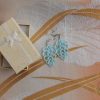
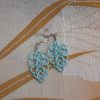
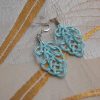
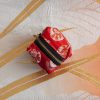
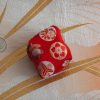
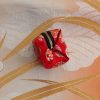
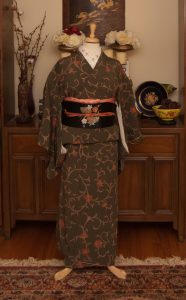
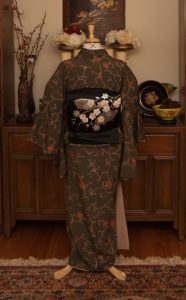
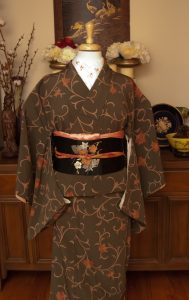

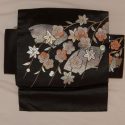
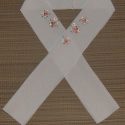

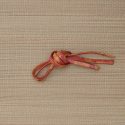
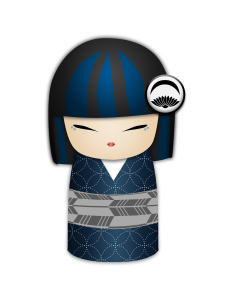
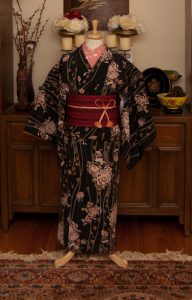

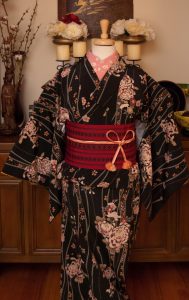
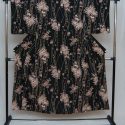

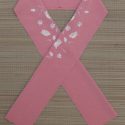
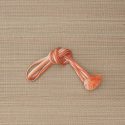
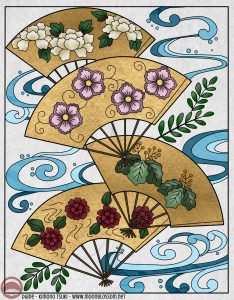











 Bebe Taian
Bebe Taian CHOKO Blog
CHOKO Blog Gion Kobu
Gion Kobu